
David Coverdale Questions ‘Arrogance’ of Ignoring COVID-19 Rules
by Matthew WilkeningDavid Coverdale says he's staying safe and sane amid the COVID-19 pandemic, but he worries about those who aren't following guidelines suggested by doctors and scientists.
"It’s just a really challenging time," he tells UCR. "I see some people taking the protocols seriously and others just completely ignoring it. As if they’re immune to the worst biblical challenge we’ve had for millennia. It’s breathtaking to me. I don’t know whether it’s arrogance or the imagination that they’re immune for whatever reason."
The Whitesnake leader is currently on home lockdown and awaiting word on when it will be safe to have surgery on the bilateral inguinal hernia that forced him to bow out of a planned summer tour with Sammy Hagar. The worldwide coronavirus health crisis eventually forced Hagar to cancel the tour altogether.
"At my age, I have to be really careful," says the 68-year old former Deep Purple singer. "I can’t get my health issues dealt with because the hospitals are dealing with life-threatening virus victims. We’ll get through this. The reason we’ve survived hundreds of thousands of years is because we adapt. We have to - we’ve been given no choice. But this is a hell of a thing to adapt to."
Still, Coverdale says quarantined life hasn't been too awful. "My wife and I are blessed with a very comfortably sized house," he explains. "If we need our personal space, it’s big enough to achieve that. And we are the best of friends, which is fantastic."
The forced break also gives him more time to promote The Rock Album, a "revisited, remixed and remastered" collection of Whitesnake's rock songs, which arrives on June 19. Similar upcoming sets will focus on the band's ballads and blues-based material. The trio of reissues will serve as a "tasting menu" for a massive sonic overhaul of the band's most popular records.
"I'm coming up to 50 years as a recording artist," Coverdale notes. "I've always used the best technology. But I've been through so many changes and lineups and whatever. You can only achieve so much in remastering. The most important thing to me was to achieve a sonic identity and consistency from one record to the other. I've had this dream and ambition for many, many years. Everything from [1984's] Slide It In on is getting a fresh coat of paint."
Top 50 Classic Heavy Metal Albums
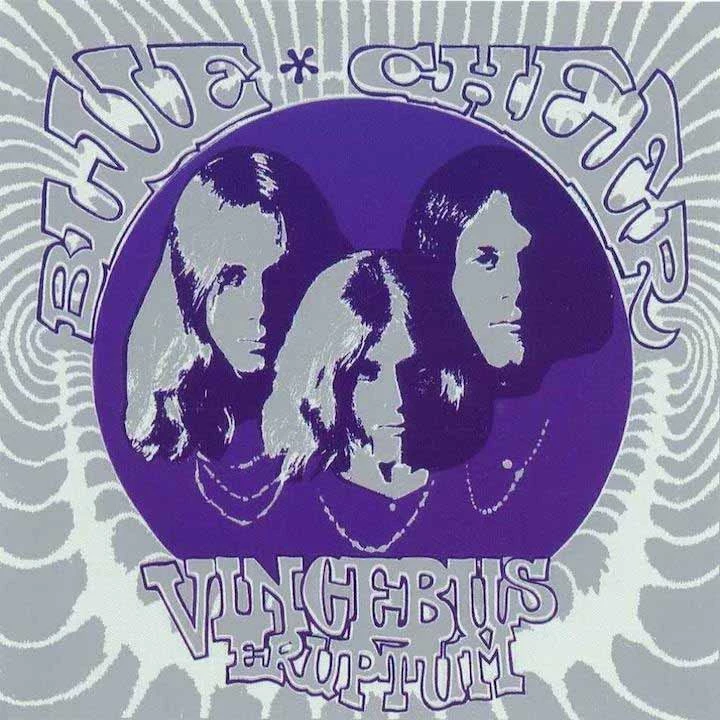
'Vincebus Eruptum'
Blue Cheer (1968): Blue Cheer is the only band with a legitimate case for launching heavy metal prior to 1970. This project's devastating assault redefined musical aggression, distortion and deafening volume. TV host Steve Allen said it best once when he introduced the band: “Ladies and gentlemen, Blue Cheer. Run for your lives!”

'Black Sabbath'
Black Sabbath (1970): Many artists contributed key ingredients to heavy metal's blueprint, but this debut brought it all together: the crushing power chords, minor key melodies, occult themes, you name it. And to think it was recorded in just a single, frantic day.
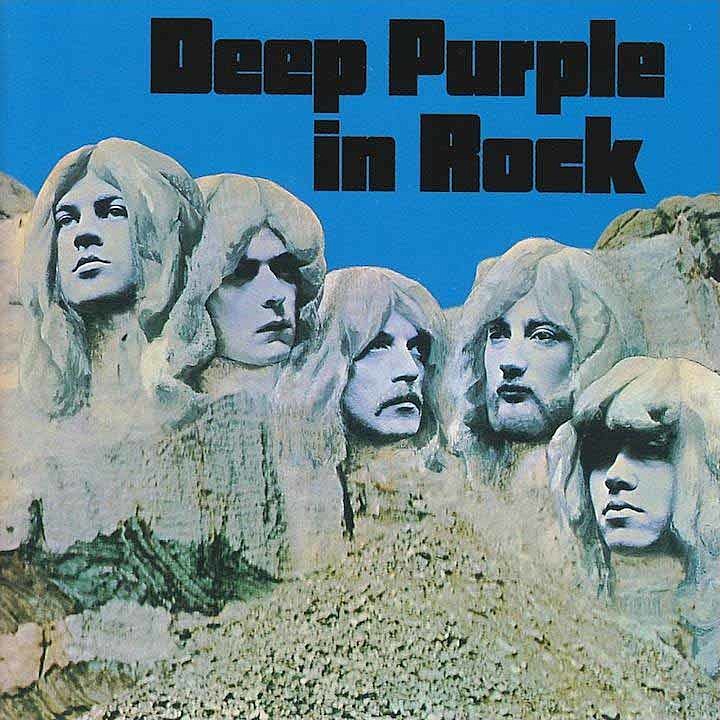
'In Rock'
Deep Purple (1970): Deep Purple simultaneously reinvented their sound and revived their declining career with this album, ignited by Ritchie Blackmore’s blistering guitar strangling on “Speed King.” Add Ian Gillan’s banshee screams with Jon Lord’s blazing organ runs and heavy metal’s next powerhouse band had arrived.
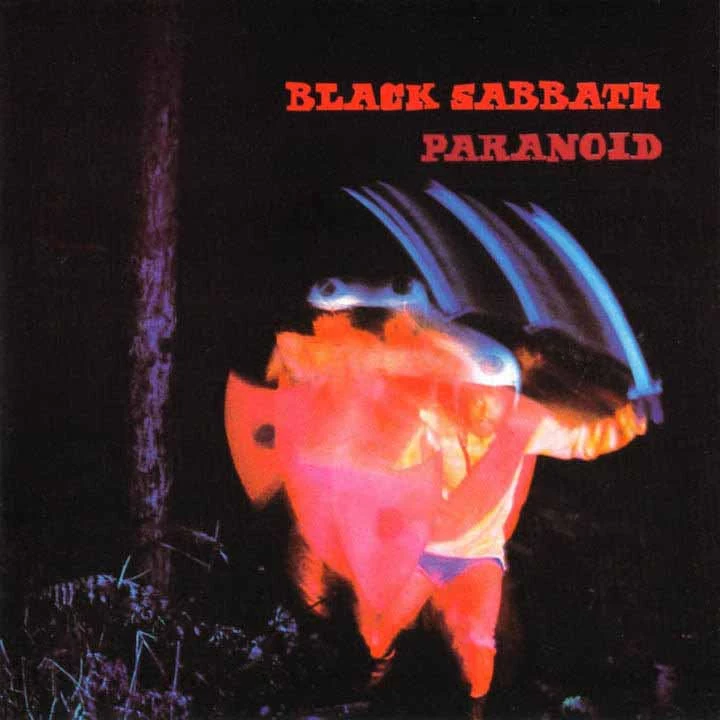
'Paranoid'
Black Sabbath (1970): Black Sabbath consolidated their place atop heavy metal’s pyramid with their incomparable sophomore opus. Quite possibly the ultimate metal album, 'Paranoid' included future standards like “War Pigs,” “Iron Man,” “Hand of Doom,” and the title cut.
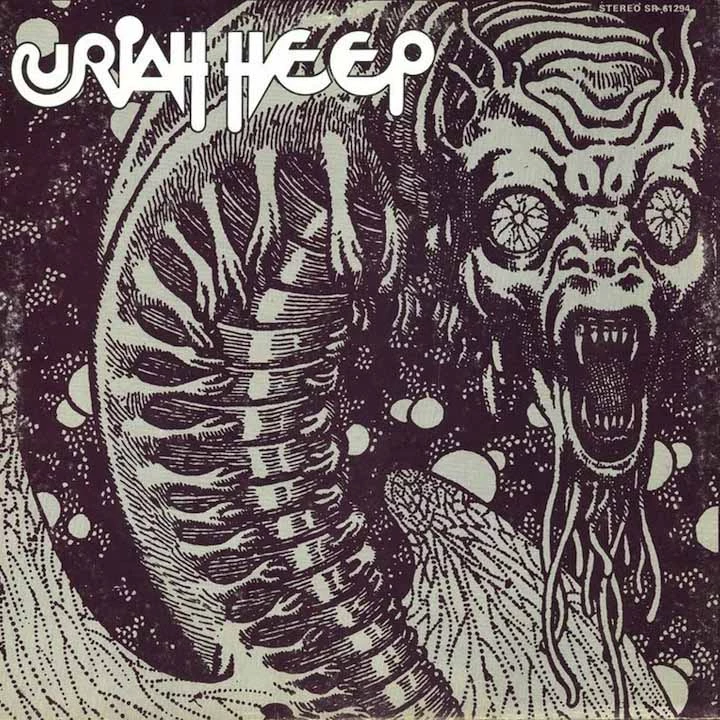
'Very ‘eavy, Very ‘umble'
Uriah Heep (1970): Another British band combining roaring guitars with forceful organs, this quintet arrived a little after Deep Purple. Simply titled 'Uriah Heep' in the U.S., the album showcased David Byron’s operatic vocals on dramatic head-bangers like “Gypsy” and “Bird of Prey.”

'Kingdom Come'
Sir Lord Baltimore (1970): These Brooklyn cult heroes arguably recorded America’s first bona fide heavy metal album. And while they enjoyed precious little recognition in their day, Sir Lord Baltimore have since been rediscovered and justifiably championed by modern generations of metal-heads and stoner rockers.
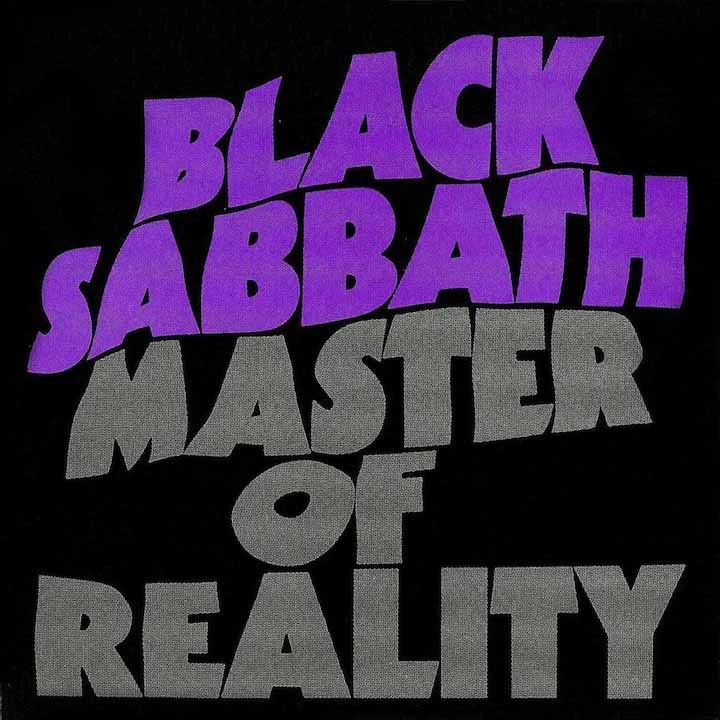
'Master of Reality'
Black Sabbath (1971): Black Sabbath came back heavier than ever before on their third LP. Behind the album’s dour, minimalist cover art, lay a raft of new doom standards in “Children of the Grave” and “Into the Void” – but also a pot anthem for the ages in “Sweet Leaf,” which many cite as the official birth of stoner rock.
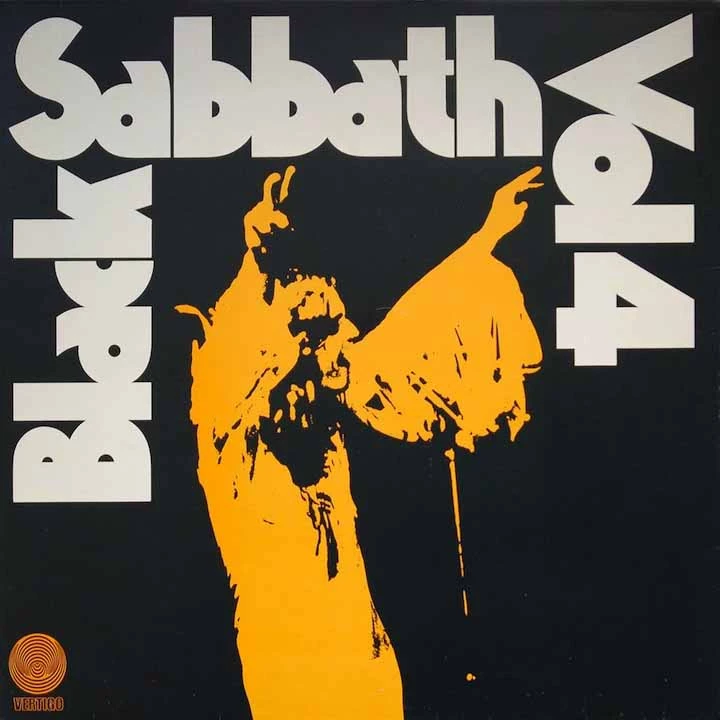
'Vol. 4'
Black Sabbath (1972): One of Black Sabbath’s most complete albums. “Tomorrow’s Dream” and “Supernaut” had riffs and hooks galore; “Snowblind” and “Under the Sun” were deliberate tanks of doom; “Wheels of Confusion” pushed the experimental envelope; and the aptly named “Changes” was Sabbath’s first true ballad.

'Machine Head'
Deep Purple (1972): A run of early ‘70s heavy-metal supremacy achieved its commercial zenith with a Deep Purple album that featured the guitar riff to end all guitar riffs: “Smoke on the Water.” But Purple’s multi-million seller was no one-trick pony, thanks to other benchmarks like “Highway Star,” “Never Before” and “Space Truckin’.”
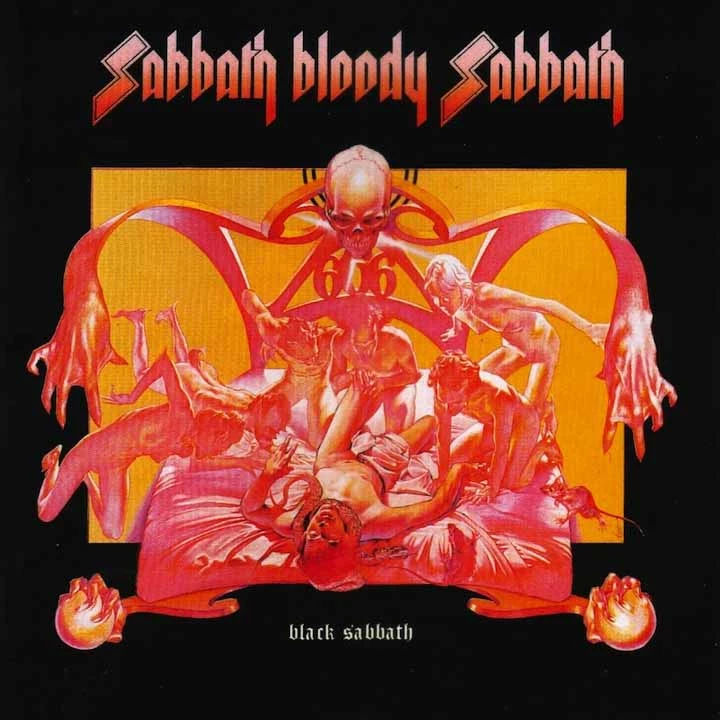
'Sabbath Bloody Sabbath'
Black Sabbath (1973): The fifth essential heavy metal album in the span of four short years from Black Sabbath was almost derailed by increasing drug abuse and personal tensions. Luckily, Sabbath duly conquered these adversities with their most sophisticated production yet, all while losing none of their fearsome power.

'Never Turn Your Back on a Friend'
Budgie (1973): This stellar third LP captured the perfect distillation of the Welsh trio’s tight ensemble playing, inventive songwriting and quirky sense of humor, as evidenced by the juggernaut named “Breadfan” (made famous later by Metallica), the dynamically eclectic “Parents,” and the snickering “You're the Biggest Thing Since Powdered Milk.”

'Secret Treaties'
Blue Oyster Cult (1974): It took them a couple of albums and a few hundred tour dates, but Blue Oyster Cult finally hit upon the perfect mix of idiosyncratic thinking man’s metal. The Long Island quintet would go on to enjoy even greater success, but it may not have happened without this career-defining LP.
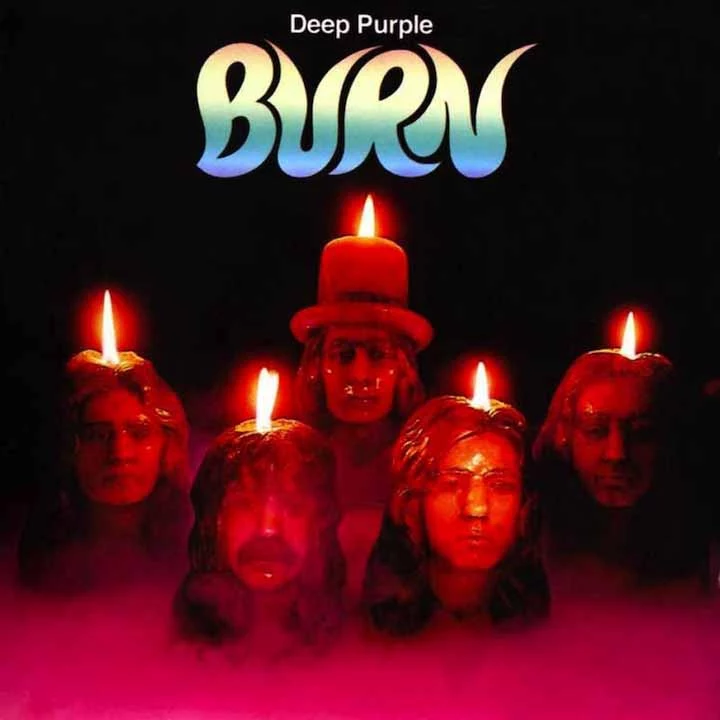
'Burn'
Deep Purple (1974): Reinvigorated by the arrival of new frontman David Coverdale and singing bassist Glenn Hughes, Deep Purple charged back with a vengeance. Proof positive that the greatest bands are more than the sum of their parts, the album’s impeccable songcraft helped fans get over the departures of Ian Gillan and Roger Glover.

'Sad Wings of Destiny'
Judas Priest (1976): This was the line separating heavy metal’s first half-decade and what was to follow. 'Sad Wings of Destiny' also pegged Judas Priest as the style’s next, archetypal band after Black Sabbath. As such, new standards like “Tyrnat,” “The Ripper” and “Victim of Changes” held the keys to heavy metal’s past and future.

'Rising'
Rainbow (1976): Rainbow reached the peak of their creative powers on this suitably named album, as Ronnie James Dio and Ritchie Blackmore boosted their lineup with legendary drummer Cozy Powell. Only a handful of ‘70s metal albums can touch the greatness of such landmark compositions as “Tarot Woman,” “Stargazer” and “A Light in the Black.”

'Stained Class'
Judas Priest (1978): Another major step in this band's musical evolution and, by extension, heavy metal’s. Here, Judas Priest foreshadowed speed metal’s rise with “Exciter,” wrote their ultimate power ballad in “Beyond the Realms of Death,” and courted undreamt of future controversy with “Better by You, Better than Me.”
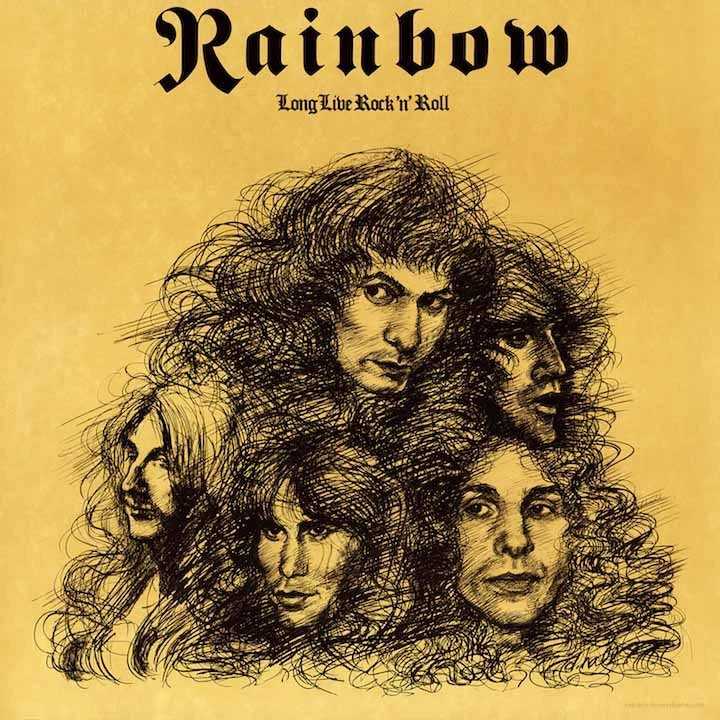
'Long Live Rock 'n' Roll'
Rainbow (1978): Ritchie Blackmore’s restless soul drove him closer to the mainstream once again, to the frustration of soon-to-be-ex-singer Ronnie James Dio. But along with the irresistible title track, there were still timeless head-bangers like the frantic “Kill the King” and majestic “Gates of Babylon.”

'Overkill'
Motorhead (1979): Lemmy Kilmister and company came into their own here, ending years of uncertainty on the fringes of London’s post-punk scene and silencing scores of critics. The joke was on them: Motorhead were one of the best, and 'Overkill' is right up there, too.
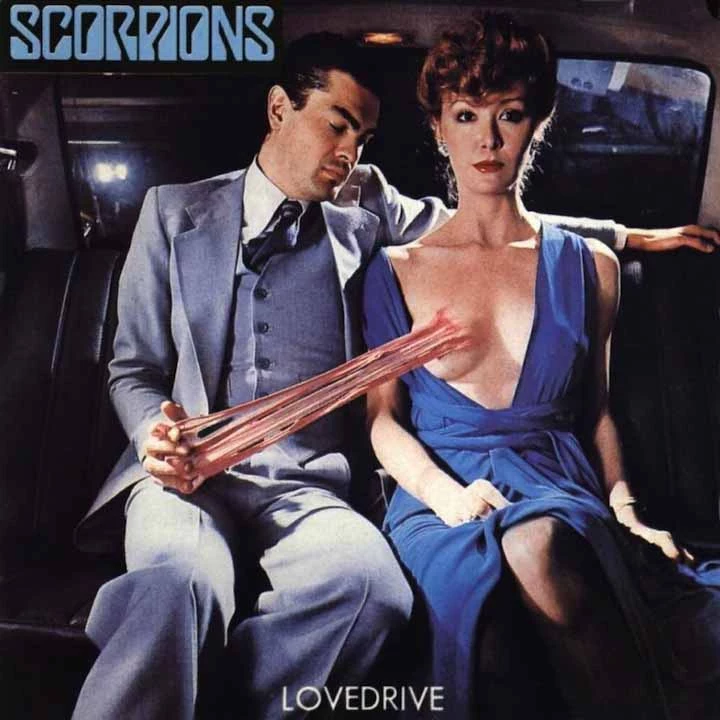
'Lovedrive'
Scorpions (1979): It was easy to predict disaster when the Scorpions parted ways with Uli Jon Roth. But instead the band rose to the challenge, releasing an album featured concert staples like “Another Piece of Meat,” “Coast to Coast,” “Holiday,” and, oh yeah, some cat named Michael Schenker temping on guitar.

'Heaven and Hell'
Black Sabbath (1980): Against all conceivable odds, new frontman Ronnie James Dio had many fans asking “Ozzy who?” (for a short while, at least), while Tony Iommi’s power chords and Geezer Butler’s bass thunder answered heavy metal’s call with the utmost authority. Black Sabbath was reborn like a glorious phoenix of doom.
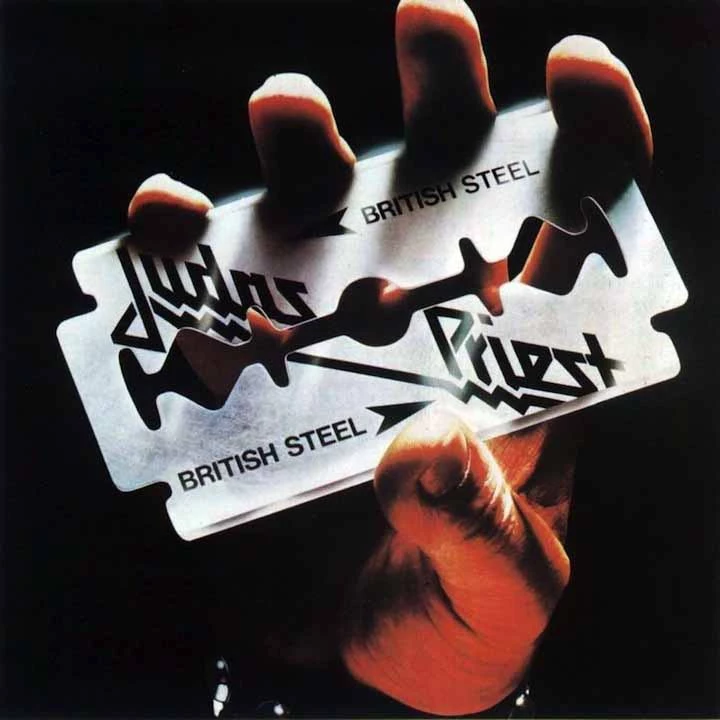
'British Steel'
Judas Priest (1980): As the '80s dawned, Judas Priest astutely revised their sound by dispensing with earlier songwriting complexities on this amazingly streamlined and direct album. At the same time, powerful new triumphs like “Breaking the Law,” “Metal Gods” and “Living After Midnight” had lost none of their metallic sharpness.

'Iron Maiden'
Iron Maiden (1980): This inspired and, in retrospect, surprisingly raw eponymous debut led the New Wave of British Heavy Metal onto the global stage. In fact, today it’s not uncommon to see fan favorites like “Prowler,” “Running Free” and “Iron Maiden” praised for their latent “punk rock” qualities.

'Wheels of Steel'
Saxon (1980): Saxon readily accepted Iron Maiden’s challenge for N.W.O.B.H.M. supremacy, countering with a best-selling, hit-filled smash that quickly had audiences singing along to anthems like its title track, “Motorcycle Man,” and “747 (Strangers in the Night).”
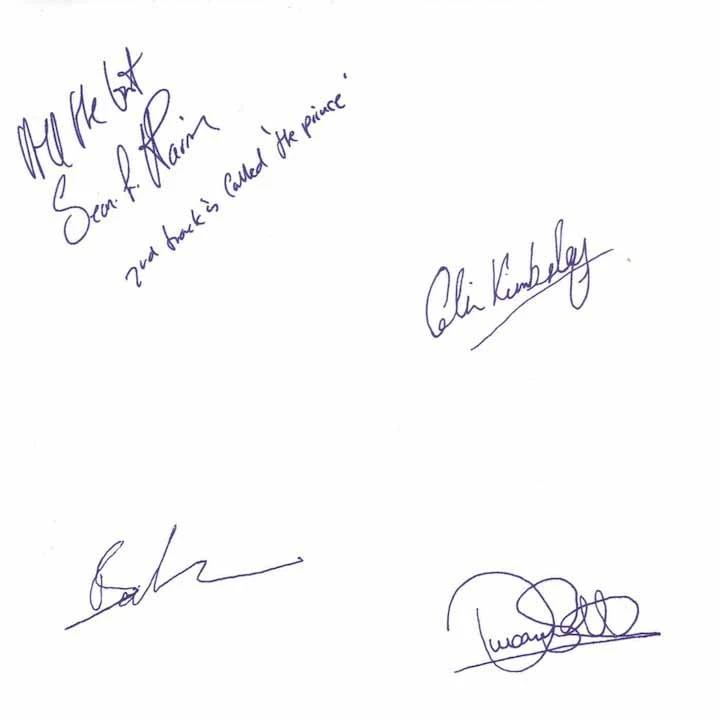
'Lightning to the Nations'
Diamond Head (1980): Diamond Head didn't have the major label backing enjoyed by other N.W.O.B.H.M. peers, so their self-financed debut lacked exposure outside critical circles until Metallica championed their cause. But bad luck and poor timing can do nothing to diminish the unfettered magnitude of this LP’s accomplishments.

'Ace of Spades'
Motorhead (1980): This career-topping project helped Motorhead continue their inexorable assault upon the U.K. and Europe – only now they were also making major inroads into America, courtesy of the rip-roaring title track and equivalent stunners like “(We Are) The Road Crew,” “Love Me Like a Reptile” and “The Hammer.”
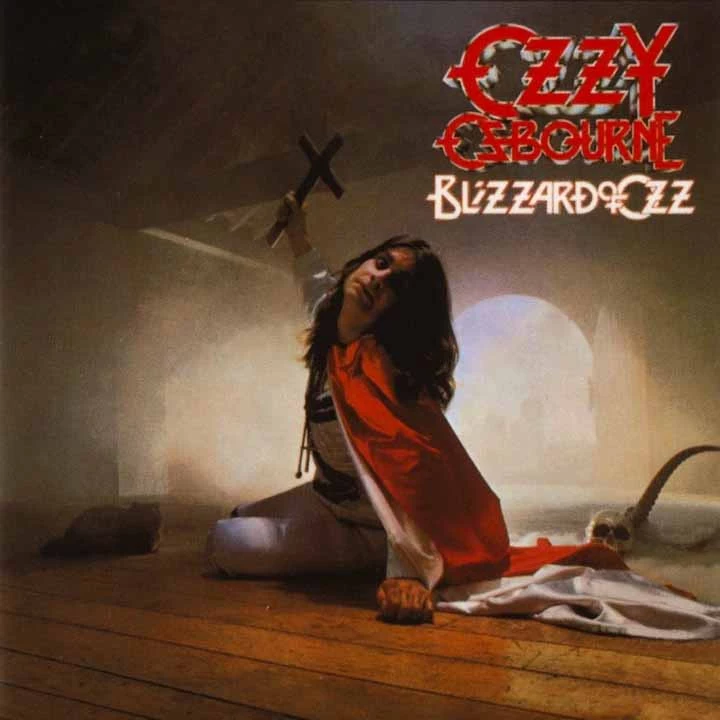
'Blizzard of Ozz'
Ozzy Osbourne (1980): An extraordinary debut album, 'Blizzard of Oz' saw Ozzy successfully bridge the ‘70s and ‘80s metal aesthetics with his music and wild man antics. It succeeded in no small way thanks to a secret weapon named Randy Rhoads – and a well-timed bat decapitation or two.

'Killers'
Iron Maiden (1981): Though only some of its songs would become regulars in the band’s live repertoire, this was no dreaded sophomore slump. In fact, the sonic improvements obtained by first-time producer Martin Birch brought Iron Maiden closer to the signature sound that helped define ‘80s metal.

'High 'n' Dry'
Def Leppard (1981): After leading the early N.W.O.B.H.M. charge, Def Leppard’s merely decent first LP lost them some momentum, but they rebounded here with a vengeance. The catalyst was, of course, producer “Mutt” Lange. He refined the young group’s raw songwriting and melodic instincts, with staggering results.
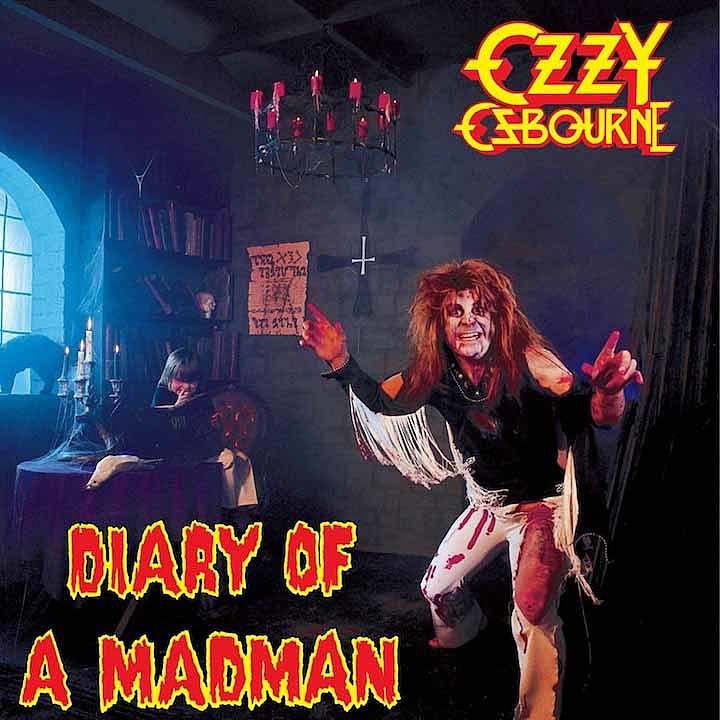
'Diary of a Madman'
Ozzy Osbourne (1981): Though this lacked the career-spanning hits found on Ozzy Osbourne’s debut, discerning fans know that spectacular tunes like “Over the Mountain,” “S.A.T.O.” and the title cut were cut from the same cloth. Or rather, the very same sessions, which saw Randy Rhoads’ guitar genius in full flight.

'The Number of the Beast'
Iron Maiden (1982): Their signature release, 'Number of the Beast' is also one of the landmark albums in heavy metal history. The recruiting of new singer Bruce Dickinson proved to be the final ingredient bassist Steve Harris was looking for to realize both his creative vision and his band’s remarkable potential.

'Screaming for Vengeance'
Judas Priest (1982): A Priest LP for all seasons, it was loaded with Grade A steel like “Riding on the Wind” and “Fever,” one of metal’s all-time best opening tandem in “The Hellion” and “Electric Eye” and a massive hit in “You’ve Got Another Thing Comin’.”

'Balls to the Wall'
Accept (1983): Germany’s Accept stepped boldly out of the Scorpions’ shadow with this sexually charged masterpiece. Highlights included “London Leather Boys,” “Lovechild” and a colossal title track.

'Pyromania'
Def Leppard (1983): Their partnership with “Mutt” Lange achieved its zenith here, even if perfectly constructed hits like “Photograph” boasted none of the group’s early N.W.O.B.H.M. grit. What they ended up with instead was a transatlantic smash that crossed over into the mainstream like no heavy metal album had ever done.
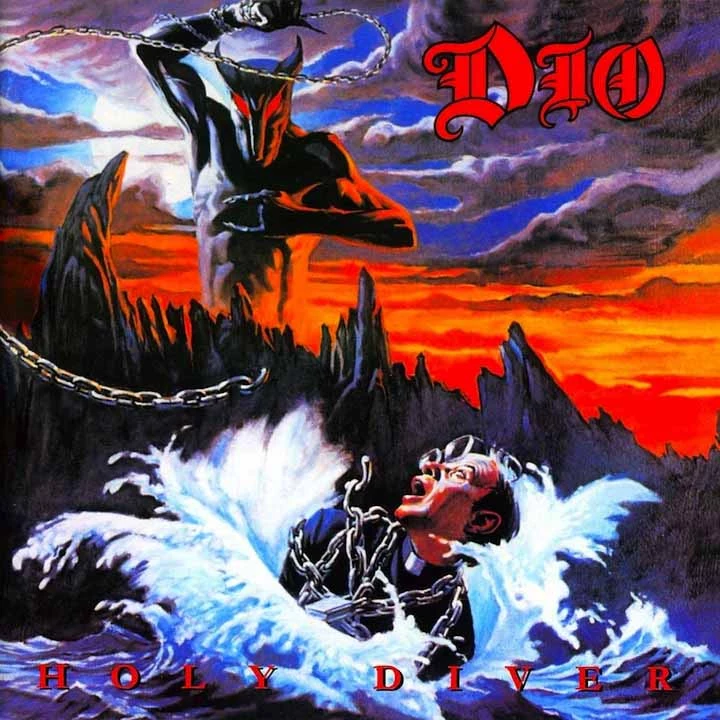
'Holy Diver'
Dio (1983): No Rainbow and no Black Sabbath? No problem! After years of playing second fiddle to heralded guitar gods, Ronnie James Dio struck out on his own with a stellar debut. This is ‘80s metal at its finest.
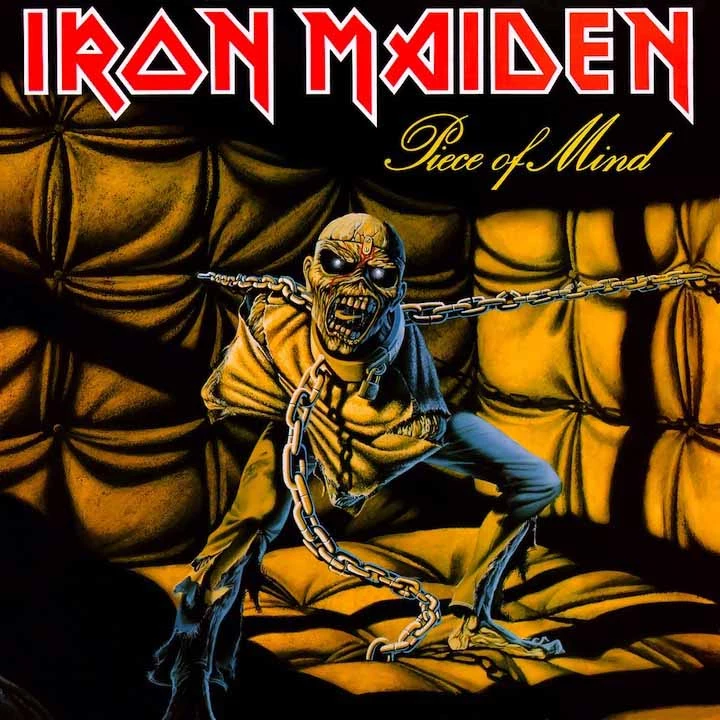
'Piece of Mind'
Iron Maiden (1983): With the arrival of drummer Nicko McBrain and the first songwriting contributions from charismatic frontman Bruce Dickinson, Iron Maiden’s classic lineup was locked into place. Meanwhile, Steve Harris remained in top songwriting form, ensuring the delivery of yet another Maiden classic – and an enduring fan favorite.

'Kill 'Em All'
Metallica (1983): This underground release shifted the thrash metal movement out of neutral and straight into fifth gear. Fast, furious, jagged and uncompromising, Metallica’s debut revolutionized the style, inspired scores of imitators, and set the San Francisco band’s dynasty into motion.

'Shout at the Devil'
Motley Crue (1983): If there’s a heavy metal equivalent to the Sex Pistols’ punk rock debut, it’s probably Motley Crue’s sophomore triumph – where quality musicianship takes a backseat to furious energy. It's here where they begin an inexorable march to stardom.
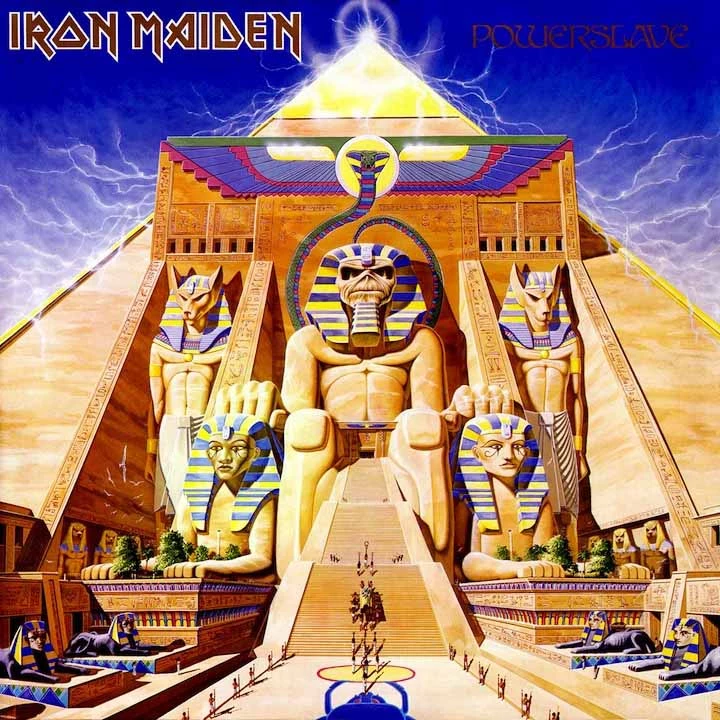
'Powerslave'
Iron Maiden (1984): A golden streak of essential metal culminates with 'Powerslave,' which ran the full gamut of Iron Maiden's talents, from galloping head-bangers like “Aces High” and “2 Minutes to Midnight,” to the progressive aspirations of the title track and “Rime of the Ancient Mariner.”

'Love at First Sting'
Scorpions (1984): 'Love at First Sting' blurred the lines between heavy metal and hard rock, retaining all of the hallmarks established by the Scorpions in the ‘70s while adopting the modern ingredients and melodic smarts (see “Rock You Like a Hurricane,” “Coming Home,” etc.) necessary to attract audiences beyond metal’s domain.

'Ride the Lightning'
Metallica (1984): A significant leap forward for thrash metal’s leading lights, as Metallica somehow managed to get heavier (“For Whom the Bells Toll”), faster (“Fight Fire with Fire”), more ambitious (“Call of Ktulu”) and more accessible (“Fade to Black”) in one fell swoop. What’s more, “Creeping Death” alone nearly covered all of those bases.
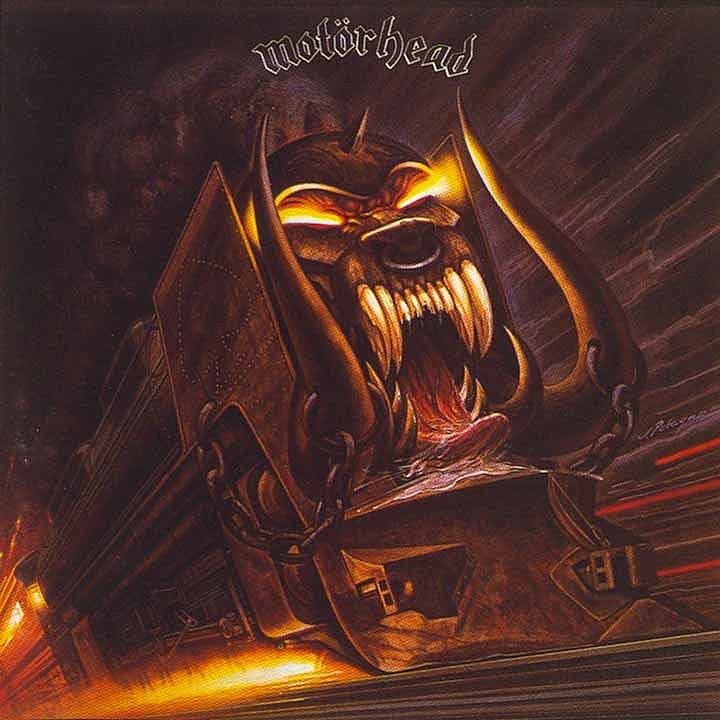
'Orgasmatron'
Motorhead (1986): After suffering the collapse of their beloved power trio lineup and spending a couple years on recording lockdown due to bad business deals, Motorhead returned in a big way. The title track alone stands among the band’s heaviest creations and boasts some of the greatest heavy metal lyrics ever written.

'Master of Puppets'
Metallica (1986): Thrash crossed over to the metallic masses with 'Master of Puppets,' an album that's a cornerstone of any respectable heavy metal discography. Highlights include the title track and the devastating “Disposable Heroes,” on an LP that gained even more significance after the death of bassist Cliff Burton, just months after its release.
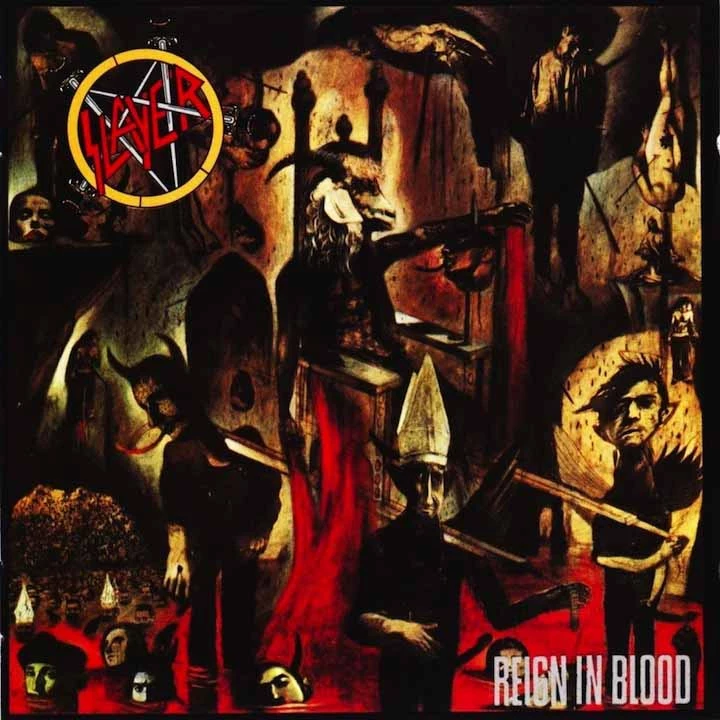
'Reign in Blood'
Slayer (1986): The ultimate thrash metal album, 'Reign in Blood' is still the most frantic, satanic and just plain thrilling half hour of music ever committed to tape. Many bands have since tried to match these impossibly high standards, without success.

'Peace Sells ... but Who's Buying?'
Megadeth (1986): Dave Mustaine, late of Metallica, puts on an absolute master clinic of technical skill, political commentary, and undeniable hooks with his new band's platinum-selling sophomore effort.

'Among the Living'
Anthrax (1987): The fourth and final definitive title delivered by thrash metal’s vaunted “Big Four,” this may have been the most cerebral of them all. Still, that distinction couldn’t mask its raging aggression. Instead, “Caught in a Mosh,” “I am the Law,” and others welcomed countless thrashers into the pit.

'Operation: Mindcrime'
Queensryche (1988): A state-of-the-art conceptual heavy metal album then, 'Operation: Mindcrime' remains the standard. It's a peerless marriage of cerebral subject matter and songs so infectious commercial radio couldn’t help but love them, despite their challenging progressive intricacies.

'Painkiller'
Judas Priest (1990): Judas Priest didn’t hesitate to play the pop metal game (see 'Turbo') for the second half of the '80s. By 1990, however, Priest must have sensed the turning musical tides and wisely reinvented themselves. This was by far the heaviest album of their career to that point.

'Rust in Peace'
Megadeth (1990): After years spent diluting his talents in Olympian chemical abuse, Dave Mustaine finally got it together and recruited the ultimate Megadeth lineup. And, at a time when thrash was already running dangerously low on new ideas, the quartet arguably delivered the last word in technical, yet accessible thrash.
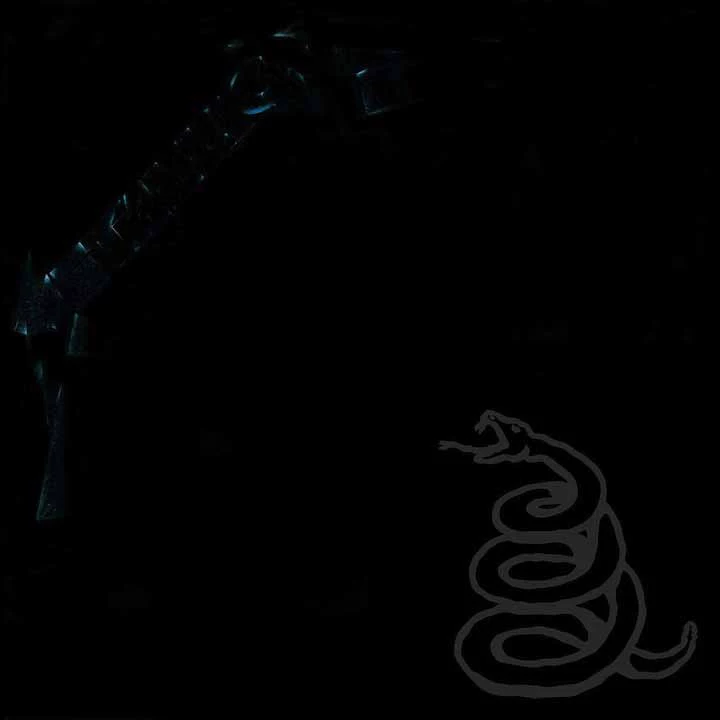
'Metallica'
Metallica (1991): The 'Black Album' was their coronation, signifying Metallica's graduation from world’s biggest thrash band to world’s biggest heavy metal band, period. Producer Bob Rock helped Metallica hone and simplify their songwriting, creating instant classics like “Enter Sandman” and “Sad but True.”

'Vulgar Display of Power'
Pantera (1992): Pantera staked their claim as the definitive American metal band of the '90s with this totally overpowering release. Having shrugged off a decade of lame pop metal with a stunning turnaround via 'Cowboys from Hell,' Dimebag Darrell, Phil Anselmo and company defined groove metal – making themselves uniquely bulletproof to the ravages of grunge.